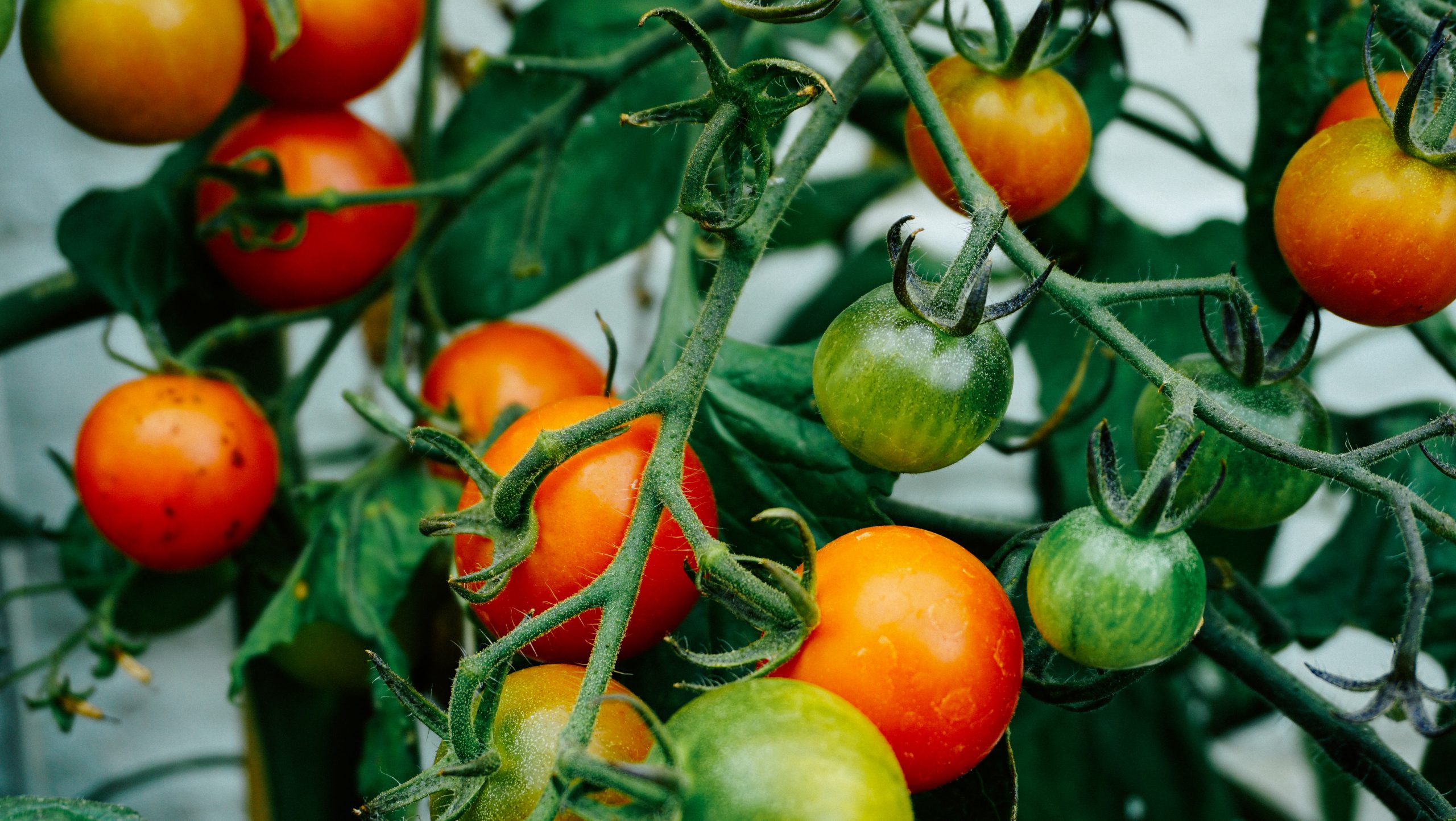
Why should I grow my own food?
Every piece of food that you grow yourself saves you money, has zero food miles, zero packaging waste, gets you outside in the fresh air, and gives you a massive sense of achievement. You also get the satisfaction of eating seasonally and learning to store and use your own produce.
You can do it on a small scale or a large scale. In different houses, over the years, I’ve grown vegetables in a dedicated vegetable plot, mixed in amongst flowers in the border, on windowsills, and on balconies.
If you haven’t got the space to grow fruit and vegetables at home, consider an allotment. However, there are often long waiting lists for allotments, so if you can see yourself wanting one in the future, contact your local council and get your name down now.
Alternatively, arrange to tend someone else’s garden in exchange for sharing the produce (try Lend and Tend (UK), AllotMe (UK) or Shared Earth (US)).
What seeds should I buy?
The seeds you buy from the garden centre are often either F1 hybrids or genetically modified. The offspring are likely to be infertile or unstable, which means there’s no point saving seed from your plants to sow next year, locking you into a never-ending seed-purchase cycle that only benefits the international seed companies.
While this isn’t likely to be a big problem for hobby growers, it could become a huge problem for farmers in developing countries if the monopoly suppliers jack up their prices. And, as climate change increases the frequency of extreme and unpredictable weather events, the reducing genetic range (and therefore adaptability) of our staple food crops could become a problem for all of us.
I prefer not to support the big international seed companies, and I like the seed I use to be stable and unmodified, so I buy mine from a family company that grows heirloom varieties. In my experience, the seeds germinate reliably, generally produce good crops, and you can save the seed from your plants to use them next year. They even give you instructions on how to save the seed.
Here is a list of companies that sell organic seeds in the UK, courtesy of The Ecologist journal.
How can I get the most out of a small plot?
The majority of homes in the UK have very small plots, and we’ve all been trained to think that a flawless lawn is “peak garden”. So you may need to think creatively if you want to grow fruit and vegetables at home while allowing the rest of your family to continue to enjoy the garden in their own way.
- If your partner isn’t convinced, create a Pinterest board of “beautiful gardens that aren’t lawns” to help them visualise what you’re planning
- Remember you don’t have to do it all at once. Start with fruit and vegetables that you know you’ll eat, so your effort doesn’t go to waste. We started with tomatoes, peppers, squash and courgettes because we eat a lot of them and they can be grown without a greenhouse
- Protect your crops from dogs, balls and children with a sturdy fence or a fruit cage
- You can grow salad items on a windowsill, possibly even in winter (depending on how much sun the windowsill gets)
- Join a local gardening club or Facebook group to get advice on when to plant and what’s going wrong with your plants
- Find out when the last and first frost dates are in your area
- Learn which plants grow well together and which don’t
- To make the most of the space you have, try:
– growing in pots
– raised beds
– vegetables planted amongst flowers
– salad leaves as ground cover or ornamental lawn edging
– hanging baskets (good for protecting strawberries from slugs)
– increasing your growing area by using vertical space, e.g. growing plants up a trellis, an arch, a cone made of bamboo poles, or along wires fastened to fences
– using cold frames to extend the growing season
– growing vines and fruit trees against sunny walls so the plants benefit from the heat store
– underplanting vertical plants (like sweetcorn, tomatoes or beans) with ground cover plants (like lettuce, courgettes or squash) - If you have enough space, a fruit cage or a greenhouse will help protect your crops so you get a better yield
- If you have too little space for your needs, apply for an allotment or tend a neighbour’s garden in exchange for giving them a share of the produce
How can I become fully self-sufficient?
If you’re really going for it and want to be fully self-sufficient, estimates for the amount of land needed range from 0.75 to 1.25 acres per person for a vegetarian diet.
Check out this Grand Designs episode for the story of an inspirational couple who feed not just themselves and their family, but also support their catering business, on five acres of land in Somerset (season 22, episode 9).
If you’re living the self-sufficiency dream, we’d love to hear about it for our inspirational stories – please email info@biggreenideaslist.com and let us know!